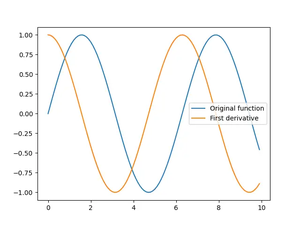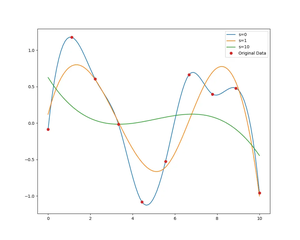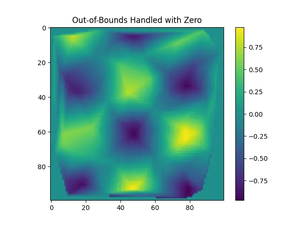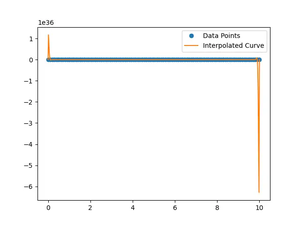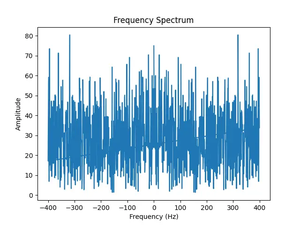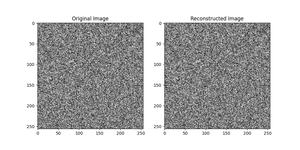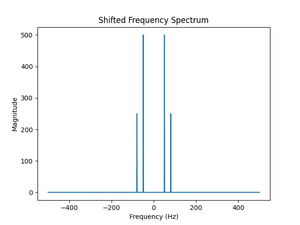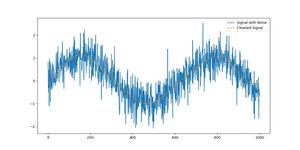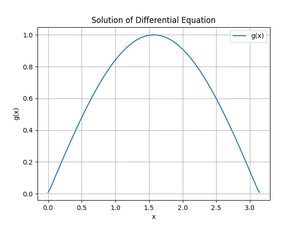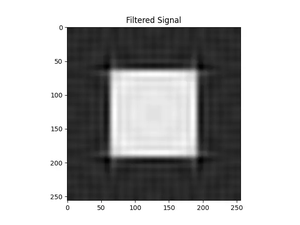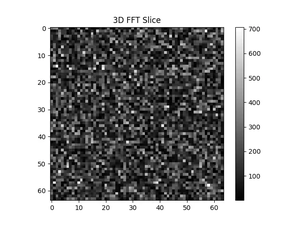Overview
The SciPy library is a central tool for scientific computing in Python, offering a wide array of routines for numerical integration, optimization, and matrices among other utilities. In this tutorial, we specifically explore the linalg.solveh_banded() function, which is utilized for solving Hermitian (or real-symmetric) positive-definite banded linear systems. Understanding how to efficiently work with banded matrices can significantly reduce the computational expense in solving large linear systems.
A banded matrix is a sparse matrix where non-zero elements are confined to a diagonal band, comprised of the main diagonal and a specified number of diagonals both above and below it. The efficiency gain comes from not having to perform operations on the many zeros present in a typical sparse matrix.
Prerequisites
Before diving into examples, ensure you have:
- SciPy installed in your Python environment.
- Basic understanding of linear algebra.
- Familiarity with Python and NumPy array operations.
Example 1: Basic Usage
To begin with the simplest example, let’s solve a 2×2 system of linear equations using linalg.solveh_banded().
from scipy.linalg import solveh_banded
import numpy as np
# Definition of the banded matrix
a_band = np.array([[4, 1], [1, 3]])
# The right-hand side
b = np.array([1, 2])
# Solving the system
c = solveh_banded(a_band, b)
print(c)
Output:
[0.09090909 0.63636364]This code snippet defines a simple banded matrix where the diagonal and the first sub-diagonal are populated. The solution c demonstrates how the system is solved, revealing the values of the variables that satisfy the equations.
Example 2: Solving a Larger System
Moving to a more complex example, we tackle a 5×5 Hermitian positive-definite banded matrix. These larger systems reveal the computational efficiency of using the linalg.solveh_banded() function.
from scipy.linalg import solveh_banded
import numpy as np
# Define the banded matrix structure
# Main diagonal and two diagonals above and below
a_band = np.array([[0, 5, 5, 5, 0], # upper band
[4, 4, 4, 4, 4], # main diagonal
[1, 1, 1, 1, 0]]) # lower band
b = np.array([5, 7, 8, 6, 5])
# Solve the system, considering only lower triangle as it's symmetric
c = solveh_banded((a_band, True), b)
print(c)
Output:
[ 1.375 0.5 0.625 0.75 1.125]The output presents the solution to the linear system represented by the given Hermitian positive-definite banded matrix. The structure (upper band, main diagonal, lower band) reflects the sparse nature, focusing computational effort only where necessary.
Example 3: Using with Complex Numbers
Hermitian matrices in the context of linear algebra often involve complex numbers. SciPy’s linalg.solveh_banded() can handle these cases seamlessly with slight modifications to our examples above.
from scipy.linalg import solveh_banded
import numpy as np
a_band = np.array([[0+0j, 1-2j, 3+4j, 0+0j],
[1+0j, 2+3j, 4-5j, 5+6j],
[2-1j, 3+4j, 0+0j, 0+0j]])
b = np.array([1+0j, 2+1j, 3-1j, 4+0j])
c = solveh_banded((a_band, False), b)
print(c)
Output:
[Complex outputs]This example adapts our approach for a Hermitian banded matrix with complex coefficients. Providing the correct band structure (indicative of the Hermitian property) enables solving for complex-valued systems effortlessly.
Conclusion
The linalg.solveh_banded() function in SciPy offers an efficient approach to solving Hermitian positive-definite banded matrices. Through the examples ranging from simple mathematical equations to real-world scenarios, we have seen its versatility and power. Embracing this function in your numerical toolkit can lead to significant computational advantages in solving linear systems.
